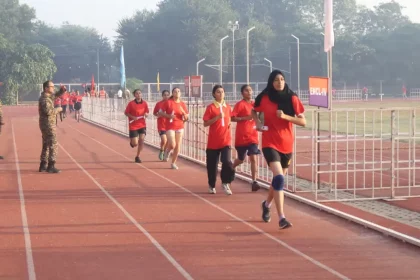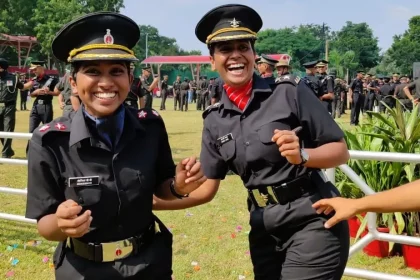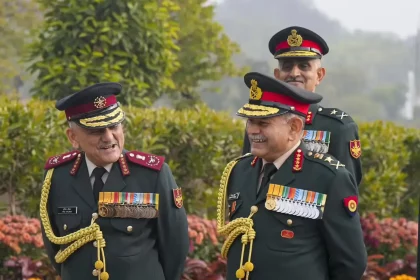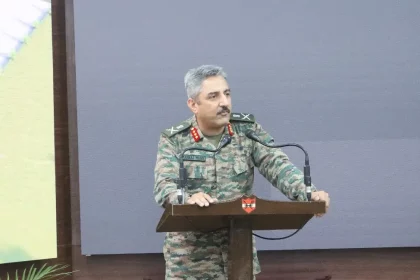Vajra Corps and HQ Recruiting Zone, Jalandhar Host Women Agniveer Recruitment Rally for Punjab & J&K
Over 250 Aspiring Women from Punjab and J&K Showcase Zeal and Determination to Join the Indian Army at Jalandhar Rally.
Indian Army Issues Corrigendum for JAG-123 Course Notification; Vacancies Now Combined for Men and Women
Vacancies Revised to 10 Under Combined Entry System, Reflecting Army’s Adaptive Recruitment Approach.
Clash on NH-44: Police Officer Accused of Assaulting Army Soldier in Ramban
The alleged assault on a Sikh soldier has been condemned as an insult to the uniform and a violation of…
War Is Fought by the Entire Nation, Not Just Armed Forces: CDS General Anil Chauhan
Chief of Defence Staff (CDS) General Anil Chauhan on Monday said that wars are not fought by the armed forces…
Second Phase of Tri-Services Joint Air Defence Instructors Course Begins at Army Air Defence College, Gopalpur
Tri-Services officers undergo advanced training at AADC Gopalpur to enhance interoperability and joint air defence integration.
Higher Command Course Officers Visit Trishakti Corps to Review Operational Preparedness
Higher Command Course officers gain firsthand insights into Trishakti Corps’ high-altitude operations, tri-service coordination, and strategic frontier defence.






